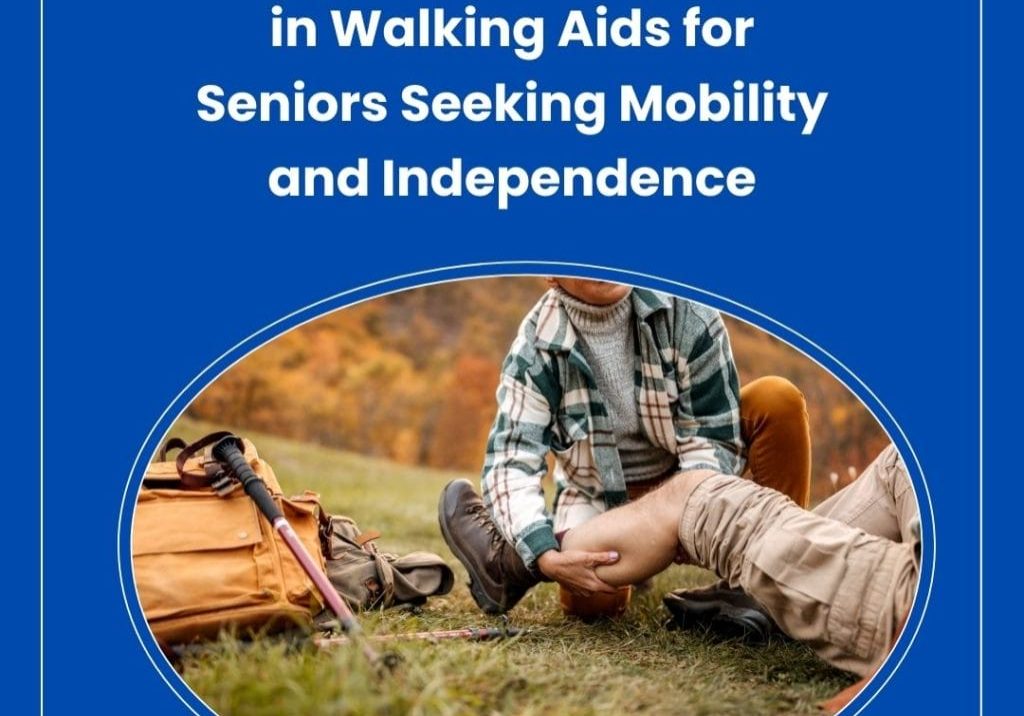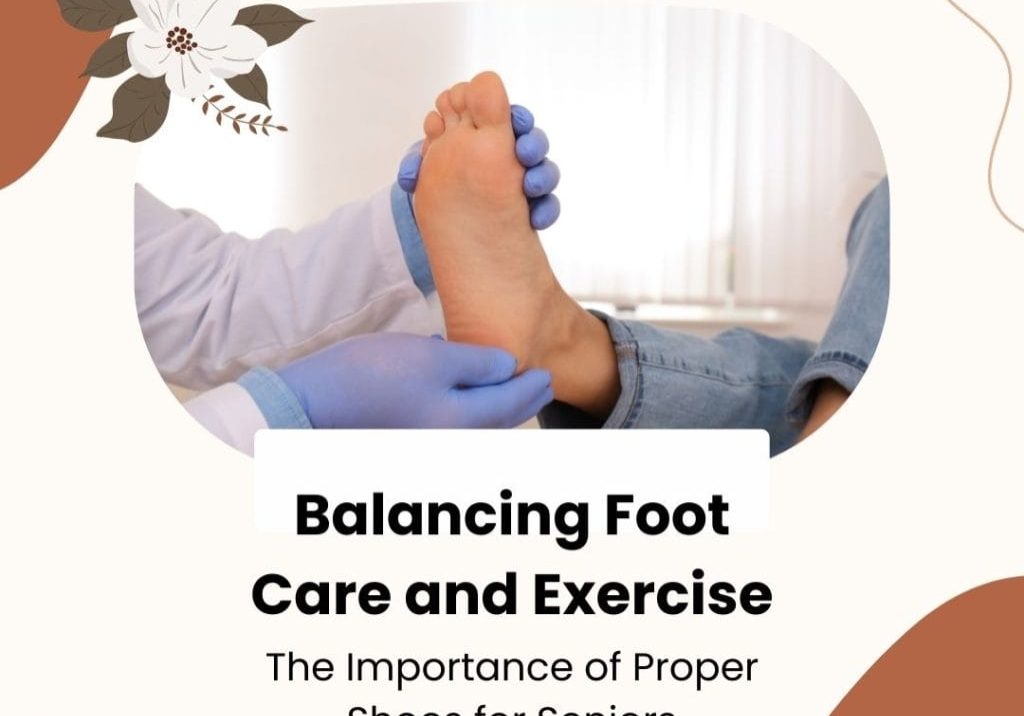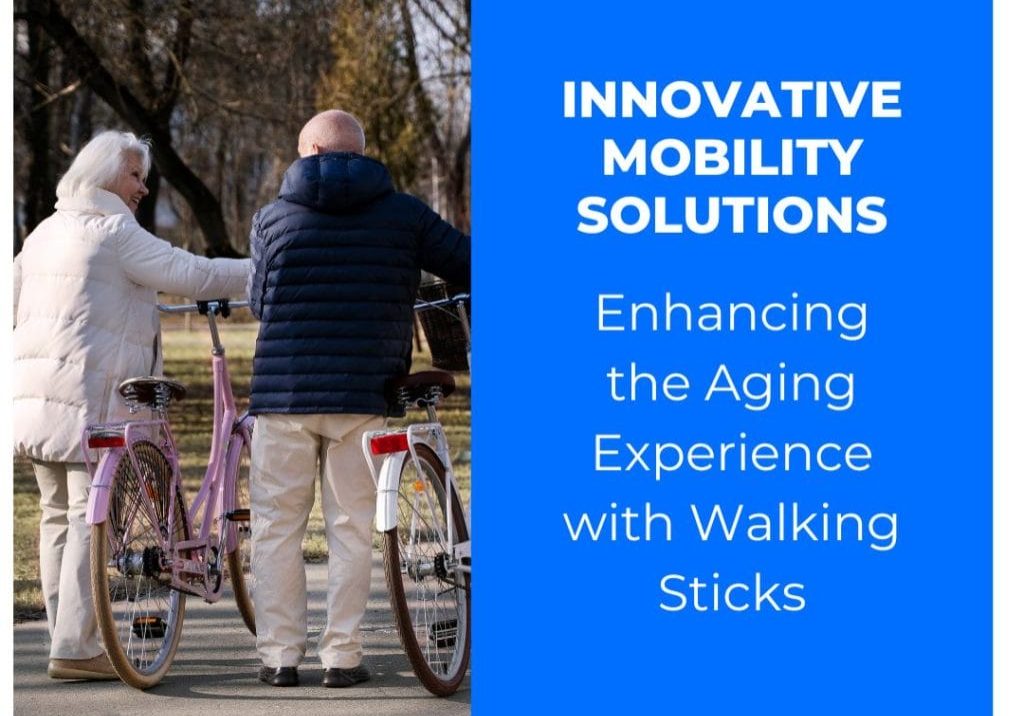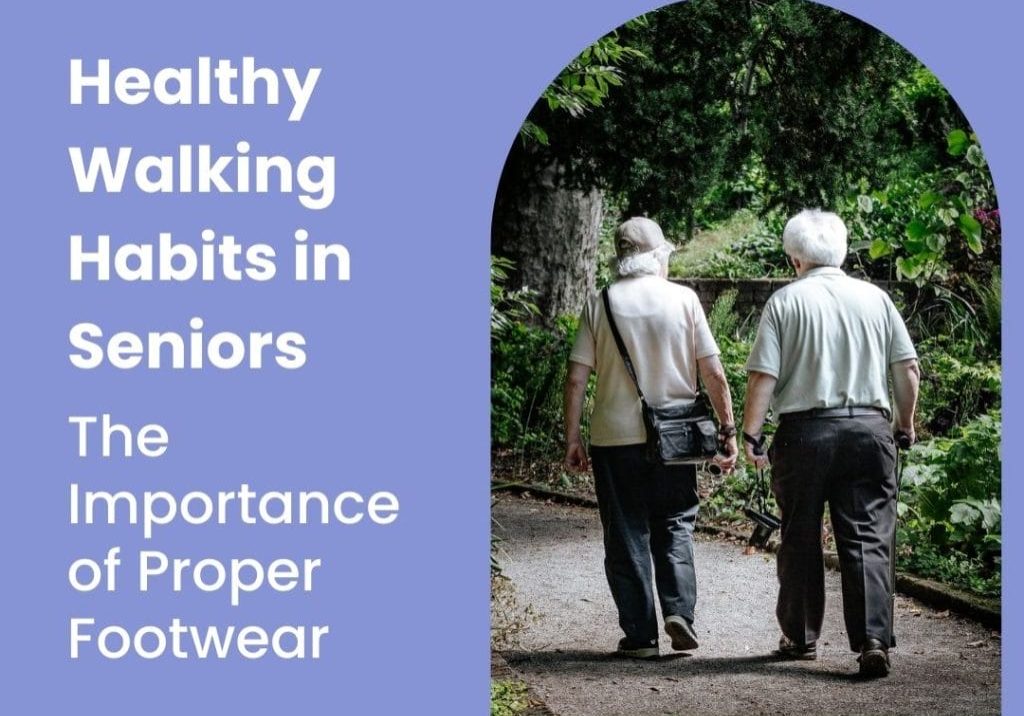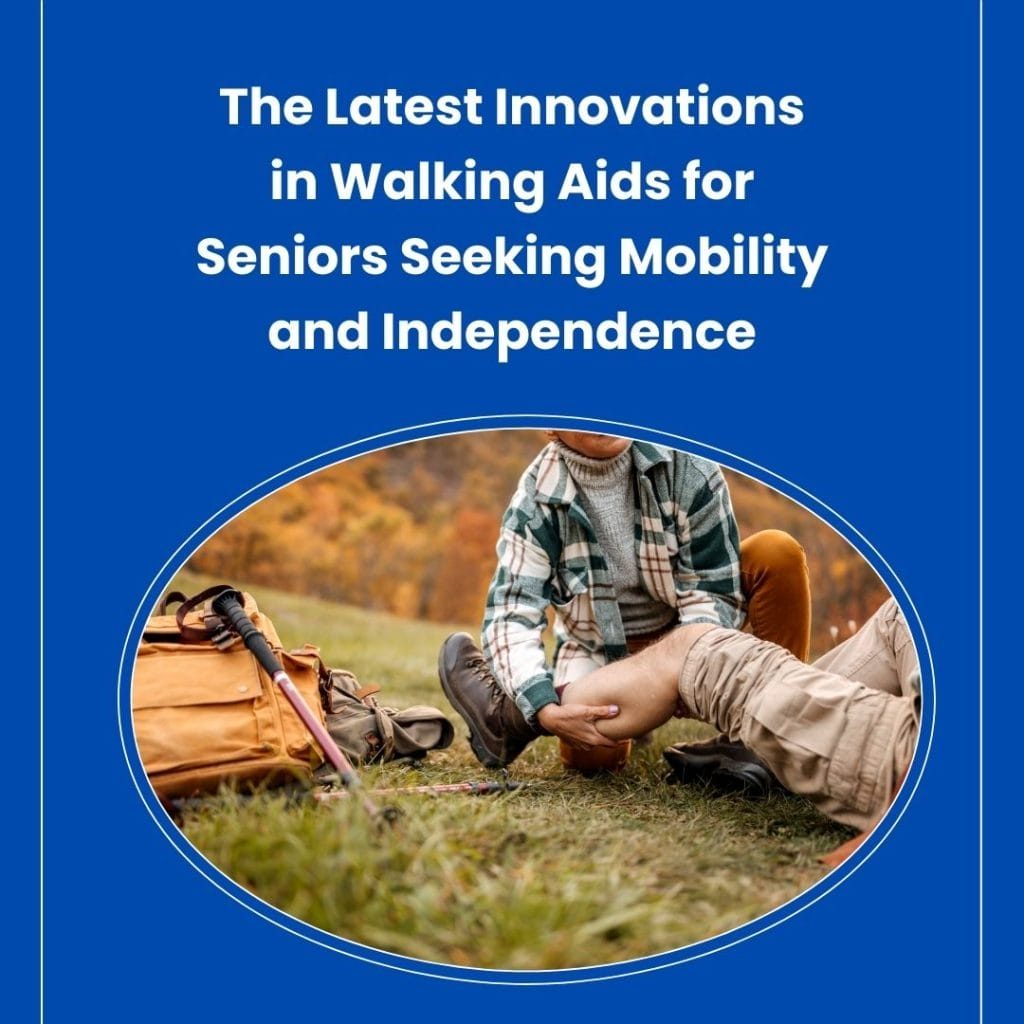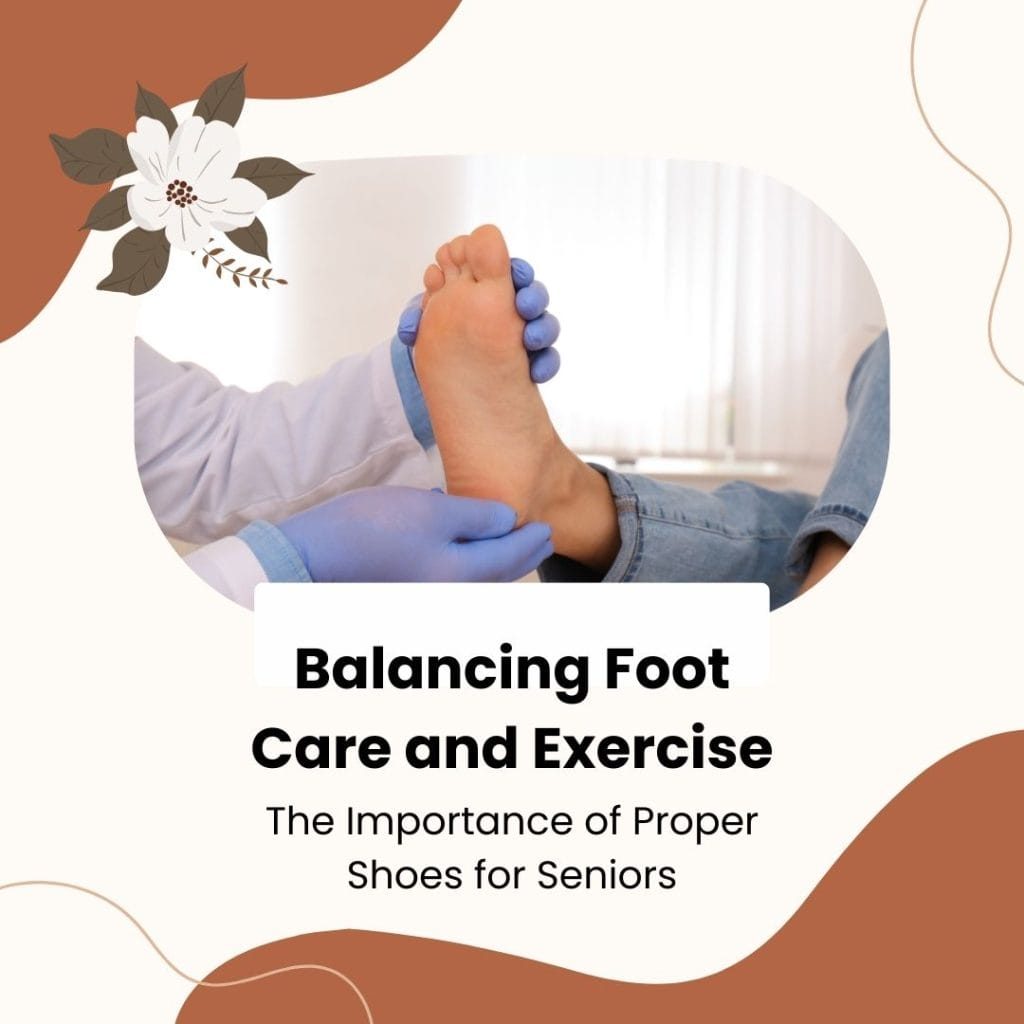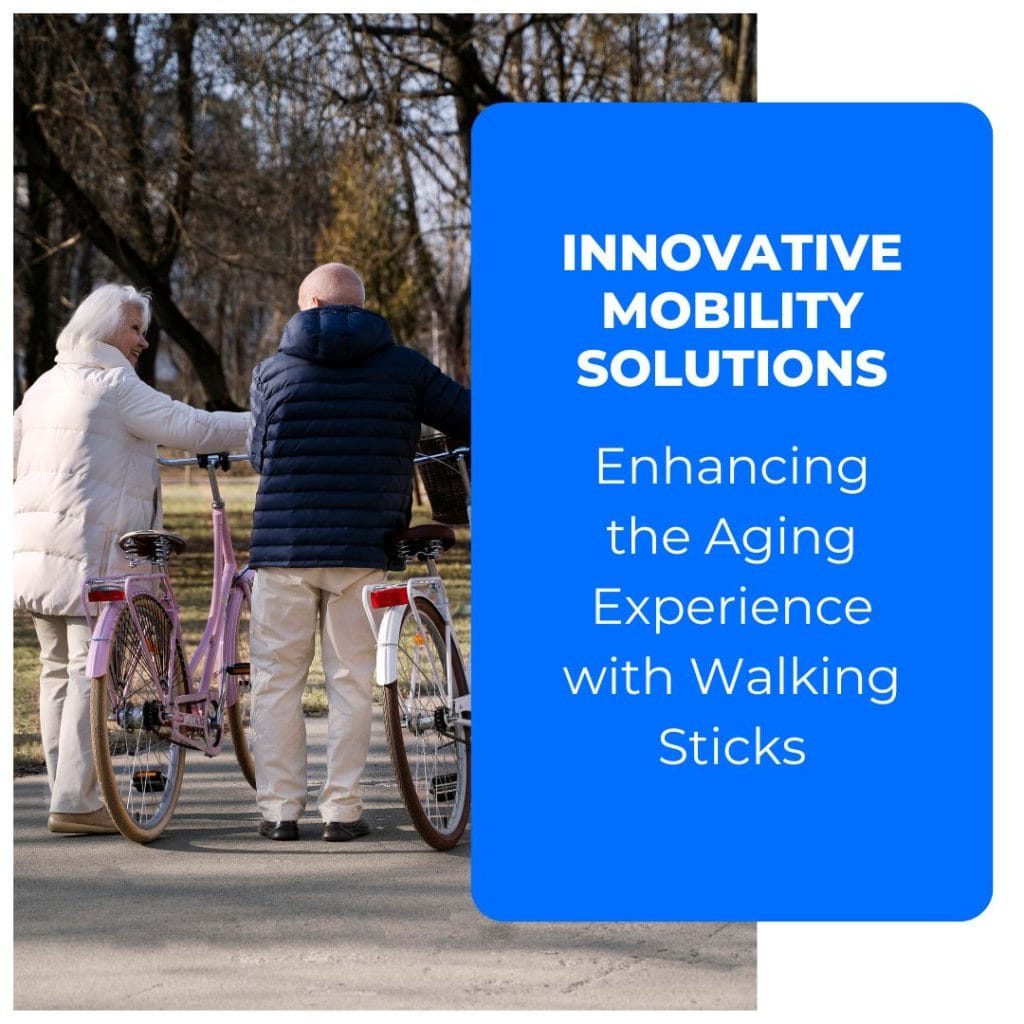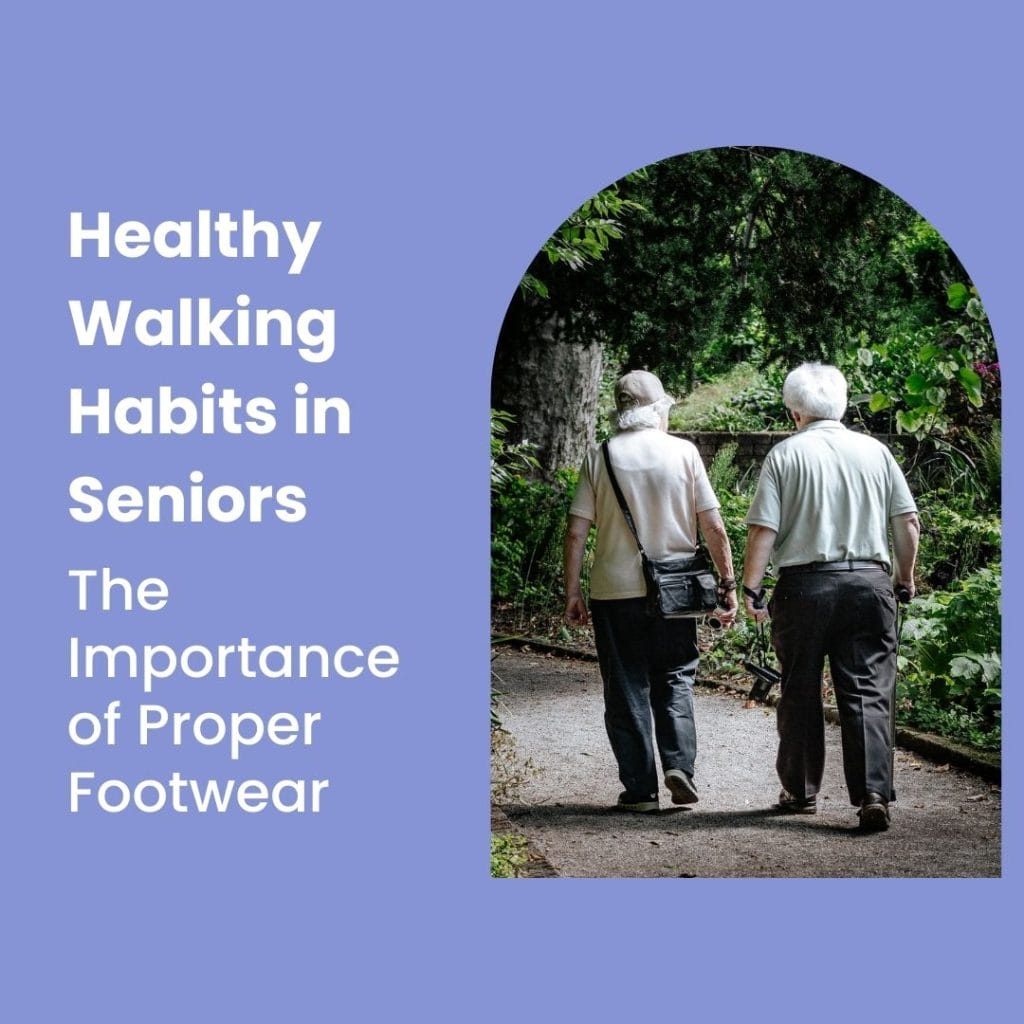As we age, our mobility needs evolve, often leading us to seek support in maintaining our independence and quality of life. Mobility aids, such as walking sticks, walkers, and specialized shoes, play a pivotal role in this journey, offering stability, safety, and a renewed sense of freedom. This guide is crafted with the understanding that every senior has unique needs and preferences when it comes to mobility aids. Here, we delve into the world of walking sticks, walkers, and shoes designed for seniors, providing comprehensive insights to help you or your loved ones make well-informed decisions.
In this complete guide, we’ll explore the benefits and features of various mobility aids, helping you navigate through the options to find what best suits your lifestyle and needs. From the latest innovations in walking sticks that combine style and functionality, to the advanced features of walkers that enhance mobility, and the critical role of appropriate footwear in maintaining foot health and balance – we cover it all.
This article serves not only as a standalone resource but also as a gateway to more specialized topics. We will link to in-depth discussions on the best walking sticks, shoes, and walkers for 2024, along with guides that highlight the importance of these aids in fostering independence and well-being in seniors. Whether you’re considering a mobility aid for yourself or assisting a loved one in their selection process, this guide aims to provide clarity, empowerment, and confidence in making the best choices for enhanced mobility and an enriched life experience.
Join us on this informative journey, as we navigate the diverse world of mobility aids for seniors, ensuring that every step taken is one towards comfort, safety, and independence.
Understanding the Need for Mobility Aids in Seniors: Navigating Changes in Mobility with Age
As individuals age, various factors contribute to changes in mobility. Muscle strength diminishes, joint flexibility decreases, and balance can become more precarious. These physical changes are often accompanied by other health issues such as arthritis, osteoporosis, or neurological conditions, further impacting mobility. The result can be a reduced ability to walk, climb stairs, or engage in activities that were once effortless.
Understanding these changes is vital, not only for seniors themselves but also for caregivers and family members. Recognizing the early signs of mobility decline can lead to proactive measures, ensuring safety and independence for as long as possible.
The Role of Mobility Aids
Mobility aids such as walking sticks, walkers, and specialized footwear become essential tools in navigating these changes. They offer support, reduce the risk of falls, and help in maintaining balance and stability. The right mobility aid can be a game-changer, enabling seniors to move around more safely and confidently.
Impact on Quality of Life
Improved mobility goes beyond physical benefits. It has a profound impact on the mental and emotional well-being of seniors. With better mobility:
- Independence and Autonomy: Mobility aids can help seniors maintain their independence, a crucial aspect of their self-esteem and happiness. The ability to perform daily tasks and engage in activities without constant assistance is empowering.
- Social Interaction and Engagement: Enhanced mobility allows seniors to participate in social activities, engage with their community, and maintain relationships. This social interaction is essential for mental health, helping to stave off feelings of isolation and depression.
- Physical Health Benefits: Improved mobility encourages physical activity, which is beneficial for overall health. It aids in maintaining a healthy weight, improving cardiovascular health, and strengthening muscles and bones.
- Mental Health and Cognitive Function: Regular physical activity facilitated by mobility aids can also have positive effects on cognitive function, reducing the risk of dementia and other cognitive impairments.
Types of Mobility Aids for Seniors: Ensuring Safety and Independence
1. Walking Sticks: For Balance and Light Support
Walking sticks, often known as canes, are the most basic form of mobility aid. They are best suited for those who require light support and balance assistance.
- Types: Walking sticks come in various styles, including single-point canes for minor support and quad canes with four points of contact for increased stability.
- Materials and Features: They are typically made from wood, aluminum, or carbon fiber, offering a balance between durability and weight. Adjustable height, ergonomic grips, and non-slip rubber tips are common features.
- Benefits: Walking sticks help in maintaining balance, reducing the load on an injured or weaker leg, and providing confidence while walking.
2. Walkers: Providing Stability and Support
Walkers are ideal for seniors who need more support than a walking stick can provide. They are designed to offer stability for those with significant balance issues or lower body weakness.
- Types: The basic walker is a frame with four legs, while rollators have wheels and often come with a seat and brakes.
- Features: Walkers may include features like adjustable height, foldability for easy transportation, and accessories like baskets.
- Benefits: They provide substantial support for walking, allow rest stops (in case of rollators with seats), and enhance safety by reducing the risk of falls.
3. Shoes: Ensuring Comfort and Preventing Falls
Specialized shoes for seniors are an often-overlooked aspect of mobility aids. The right footwear is crucial for safe and comfortable walking.
- Importance: Proper shoes can prevent falls by providing better grip and support. They can also accommodate orthopedic inserts if required.
- Features: Look for non-slip soles, adequate cushioning, wide toe boxes, and adjustable closures for a comfortable fit. The footwear should be easy to put on and take off.
- Benefits: Good shoes help in maintaining balance, reducing joint strain, and preventing injuries from falls.
Walking Sticks: Enhancing Mobility and Independence for Seniors
Benefits of Walking Sticks
- Improved Balance and Stability: Walking sticks provide additional points of contact with the ground, enhancing stability and balance. This is especially beneficial for seniors who may have issues with balance or weakness in their legs.
- Reduced Lower Body Strain: By distributing the body’s weight, walking sticks take some pressure off the legs, particularly the knees and hips, which can alleviate pain and fatigue.
- Increased Confidence and Independence: Knowing that they have a reliable source of support can boost a senior’s confidence, allowing them to maintain their independence and continue with their daily activities and walks.
- Injury Prevention: The use of a walking stick can significantly reduce the risk of falls, which are a common concern for the elderly.
- Versatility in Terrain: Walking sticks provide support on various terrains, from city sidewalks to nature trails, making them a versatile tool for different environments.
Features to Consider in Walking Sticks
- Height Adjustability: The walking stick should match the user’s height. An adjustable stick can be tailored for a comfortable and ergonomic fit, ensuring the elbow is at a comfortable angle.
- Handle Design: The handle should be comfortable to hold for extended periods. Ergonomic designs, such as T-shaped or swan-neck handles, can reduce hand strain and provide a better grip.
- Material: Walking sticks are made from various materials, including wood, aluminum, and carbon fiber. Wood is durable and traditional, while aluminum and carbon fiber offer lightweight alternatives.
- Weight Capacity: Ensure the stick can support the user’s weight. Most sticks have a weight limit, which is crucial for safety.
- Tip Quality: The tip of the walking stick should provide good traction and be replaceable. Rubber tips are common and offer good grip on most surfaces.
- Style and Personalization: Walking sticks come in various styles and designs. Choosing one that aligns with personal style can make the user feel more confident and comfortable using it.
- Extra Features: Some walking sticks come with additional features like foldability for easy storage, built-in lights for visibility, or wrist straps for extra security.
Walkers for Seniors: Enhancing Mobility and Safety
Advantages of Using Walkers for Seniors
- Enhanced Stability and Balance: Walkers provide a sturdy frame for seniors to lean on, significantly improving their balance and stability while moving.
- Reduced Risk of Falls: By offering substantial support, walkers minimize the risk of falls, which are a common concern among the elderly.
- Increased Mobility: With the additional support of a walker, seniors can move more freely and confidently, which can be empowering and liberating.
- Versatility: Modern walkers are designed to be used in various environments, both indoors and outdoors, providing flexibility in different settings.
- Customizable Support: Walkers come with various features that can be customized to the user’s specific needs, such as wheels, seats, and storage baskets.
Choosing the Right Walker
- Determine the Level of Support Needed: Assess the senior’s mobility challenges. Standard walkers offer the most stability, while wheeled walkers or rollators are suitable for those who can walk but need balance support.
- Consider the Walker’s Size and Weight: Choose a walker that is the right height and width for the user. It should also be lightweight enough for the senior to handle comfortably.
- Look for Adjustable Features: An adjustable height is crucial for ensuring the walker is ergonomically correct. The handles should be at wrist level when the user is standing upright.
- Assess the Braking System (for Rollators): If choosing a rollator, ensure it has an easy-to-use and reliable braking system for safety.
- Check for Comfortable Grips: Comfortable hand grips can prevent fatigue and strain on the hands and wrists.
- Opt for Foldability for Easy Transportation: A foldable walker is easier to transport and store, especially when traveling or in limited living spaces.
- Evaluate Additional Features: Features such as padded seats, storage baskets, and built-in lights can enhance the functionality and convenience of the walker.
- Consider the Terrain: For those who will use the walker outdoors, look for models with larger wheels that can navigate uneven terrain.
- Consult with Healthcare Professionals: Getting advice from a physical therapist or healthcare provider can be invaluable in choosing the right walker.
Walking Shoes for Seniors: Combining Comfort and Safety
Importance of Proper Footwear for Seniors
- Prevention of Falls: Proper footwear can significantly reduce the risk of falls, a major concern for seniors. Shoes with the right support and grip can provide stability and balance.
- Joint and Back Support: Good shoes can alleviate stress on the joints and back by providing proper cushioning and support, especially important for those with arthritis or other mobility issues.
- Enhanced Mobility: Comfortable and supportive shoes encourage walking and physical activity, which are crucial for maintaining mobility and overall health in senior years.
- Foot Health: As feet can change shape and size with age, wearing the right shoes can prevent foot problems like bunions, corns, and calluses.
Key Features of Senior-Friendly Shoes
- Non-Slip Soles: Look for shoes with durable, non-slip soles to provide traction and prevent slipping, crucial for safety.
- Proper Cushioning: Adequate cushioning in the sole can reduce the impact on joints during walking, providing comfort and reducing pain.
- Supportive Fit: Shoes should offer good arch support and fit snugly around the heel while giving enough room at the toes to prevent cramping and blisters.
- Adjustable Closures: Velcro straps or lace-up shoes that can be adjusted can accommodate changes in foot size throughout the day and ensure a secure fit.
- Lightweight Material: Heavy shoes can contribute to fatigue. Lightweight materials can make walking less strenuous and more enjoyable.
- Wide Toe Box: A spacious toe box allows room for natural toe spread, reducing pressure on bunions or hammertoes.
- Orthotic-Friendly: If custom orthotics are used, ensure the shoes have removable insoles to accommodate them.
- Ease of Use: Shoes that are easy to put on and take off are important for seniors with limited flexibility or dexterity.
Additional Considerations for Mobility Aids: Customization, Adaptability, and Safety
Customization and Adaptability
- Personalized Fit: Every individual’s needs are unique, and mobility aids should be customized to fit these requirements. This might involve adjusting the height of a walker or cane, or choosing a wheelchair with specific support features.
- Adaptable Features: Look for mobility aids that offer adaptable features. For instance, walkers with detachable baskets or seats can be modified according to the user’s daily activities.
- Evolving Needs: A senior’s mobility needs can change over time. Select aids that can adapt to these changes, such as adjustable grip strength in canes or expandable width in walkers.
- Comfort Add-ons: Adding cushioned grips to canes or extra padding to wheelchair seats can enhance comfort, making the mobility aids more user-friendly.
Safety and Maintenance Tips
- Regular Inspections: Regularly inspect mobility aids for any signs of wear and tear. Check for loose screws, worn-out grips, and damaged wheels.
- Timely Repairs: Address any issues immediately. Delaying repairs can compromise the safety of the device and, consequently, the user.
- Proper Cleaning: Keep mobility aids clean to ensure hygiene, especially if the user has sensitive skin or is prone to allergies. This includes wiping down surfaces and laundering any removable fabrics.
- Usage Training: Proper training on how to use mobility aids is crucial. This might involve learning how to navigate different terrains with a walker or understanding the limits of a cane’s support.
- Weather Considerations: Be mindful of weather conditions. For instance, using non-slip attachments for canes or walkers during rainy or snowy conditions can prevent slips.
- Storage Solutions: Store mobility aids properly when not in use. This ensures they remain in good condition and are easily accessible when needed.
Cultivating Healthy Walking Habits in Seniors: The Role of Mobility Aids
The Importance of Walking for Seniors
Walking is a low-impact exercise that can greatly benefit seniors. It enhances cardiovascular health, strengthens muscles, improves balance and coordination, and boosts mental well-being. Additionally, it provides an opportunity for social interaction and engagement with the community.
Encouraging Regular Use of Mobility Aids
- Understanding the Benefits: The first step in encouraging the use of mobility aids is to understand their benefits. These aids can provide the support and confidence needed to maintain a regular walking routine.
- Choosing the Right Aid: Selecting the appropriate mobility aid is crucial. Whether it’s a walking stick, walker, or specialized shoes, the right aid can make walking a more enjoyable and safe experience.
- Personalization and Comfort: Customizing the mobility aid to fit the individual’s needs and preferences can make a big difference. Comfortable handles, adjustable heights, and user-friendly features can encourage more frequent use.
- Building a Routine: Gradually incorporating the mobility aid into a daily routine can help seniors adjust to its use. Start with short walks around the house or neighborhood and gradually increase the duration and distance.
- Safety First: Ensuring that seniors are aware of how to use their mobility aids safely is paramount. This includes understanding how to navigate different terrains and what to do in case of discomfort or fatigue.
- Encouragement and Support: Family members and caregivers play a vital role in encouraging seniors to use their mobility aids. Regular companionship on walks can provide motivation and reassurance.
- Setting Achievable Goals: Setting small, achievable goals can provide seniors with a sense of accomplishment and encourage them to continue their walking routine.
- Social Walking Groups: Joining a walking group can provide a social incentive to use mobility aids regularly. It offers a sense of community and shared experience.
Latest Trends and Innovations in Mobility Aids: Embracing Technological Advancements
Technological Advancements in Walking Aids
- Smart Canes: The traditional walking stick has been revolutionized with the introduction of smart canes. Equipped with sensors, these canes can detect obstacles, provide navigation assistance, and even send alerts in case of irregular movements or falls.
- Electronic Walkers: Modern walkers are now being integrated with electronic features such as automatic brakes, lights for visibility, and even GPS tracking. Some models offer foldability at the push of a button, making them more convenient to transport and store.
- Wearable Technology: Wearable devices that sync with mobility aids are on the rise. These gadgets can monitor health metrics, track activity levels, and provide reminders to encourage regular movement.
- Advanced Materials: The use of lightweight yet durable materials like carbon fiber is becoming more common in mobility aids. This makes them easier to maneuver without compromising on strength and durability.
- Customization through 3D Printing: 3D printing technology is enabling the customization of mobility aids to fit individual needs and preferences perfectly, from the grip of a cane to the shape of a walker’s frame.
- Robotic Assistance: Robotic technology is being explored in walkers and wheelchairs, providing motorized assistance which can be particularly beneficial for those with severe mobility limitations.
Impact of These Innovations
These technological advancements in mobility aids are not just about adding new features; they are transforming the way seniors interact with their environment. They offer:
- Enhanced Safety: With features like fall detection and obstacle avoidance, the risk of accidents is significantly reduced.
- Increased Independence: Advanced mobility aids provide seniors with more confidence to move around, reducing their reliance on caregivers for basic mobility.
- Improved Health Monitoring: Integration with wearable technology enables continuous monitoring of physical activity and vital signs, contributing to better overall health management.
Conclusion
In this comprehensive guide, we have navigated the crucial aspects of mobility aids for seniors, from walking sticks to walkers, and specialized shoes. Each section, meticulously crafted, offers insights into how these aids can enhance the lives of seniors, providing stability, independence, and improved quality of life. We delved into the benefits and features of various aids, discussed the importance of proper footwear, and highlighted the latest technological advancements. The goal of this guide is to empower seniors and their caregivers with knowledge and choices, ensuring that mobility in the golden years is safe, comfortable, and enriching. As we embrace the advancements in mobility aids, we open a world of possibilities for seniors, making every step a stride towards a more active, confident, and independent lifestyle.

